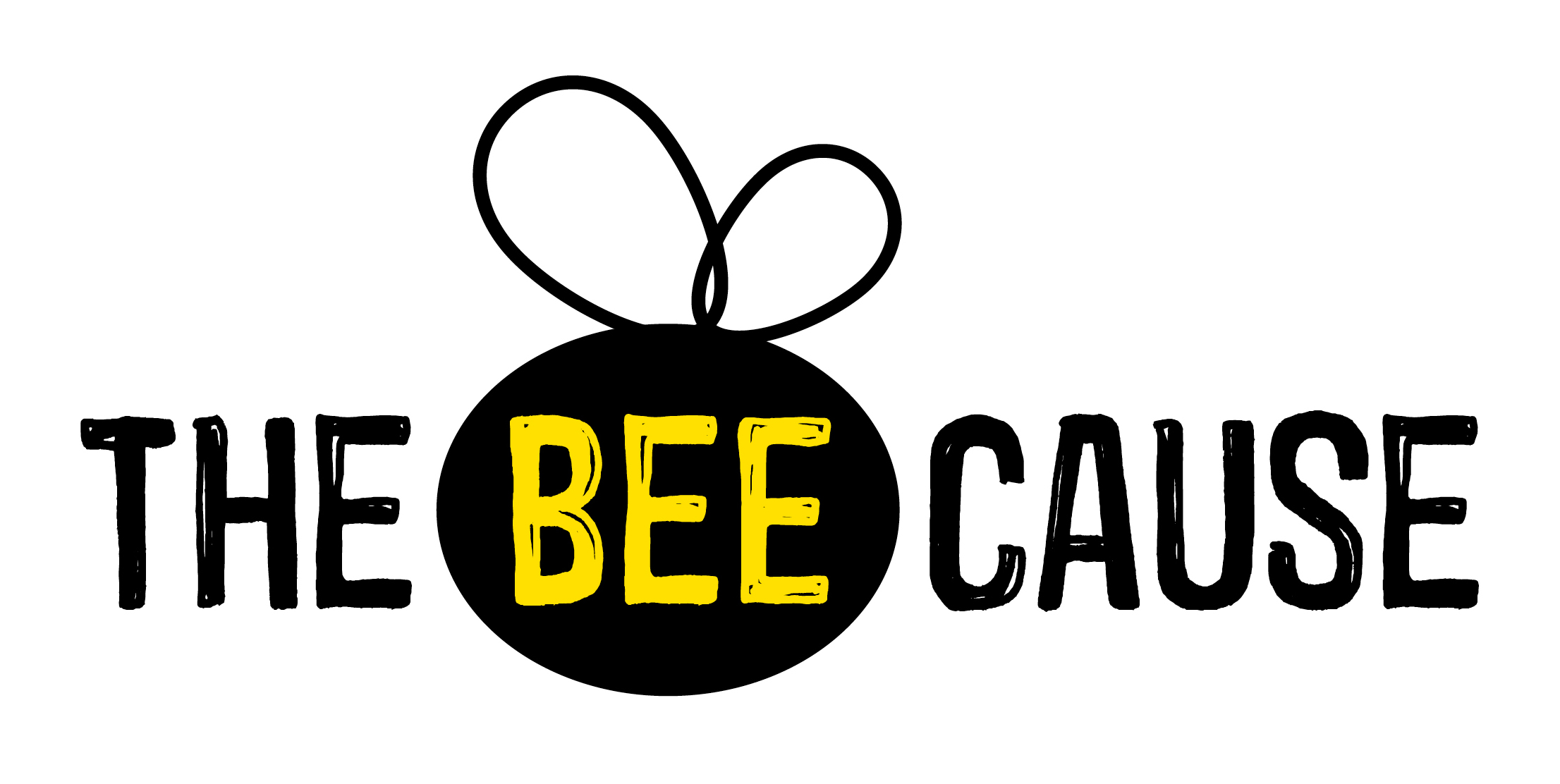
Our bees are in trouble. Over 90% of wildflower meadows have disappeared since the Second World War and one in ten wild bee species are threatened by extinction.
The good news is that every house or flat, rented or owned can take some simple measures to play a role in helping save one of Britain’s most loved creatures.
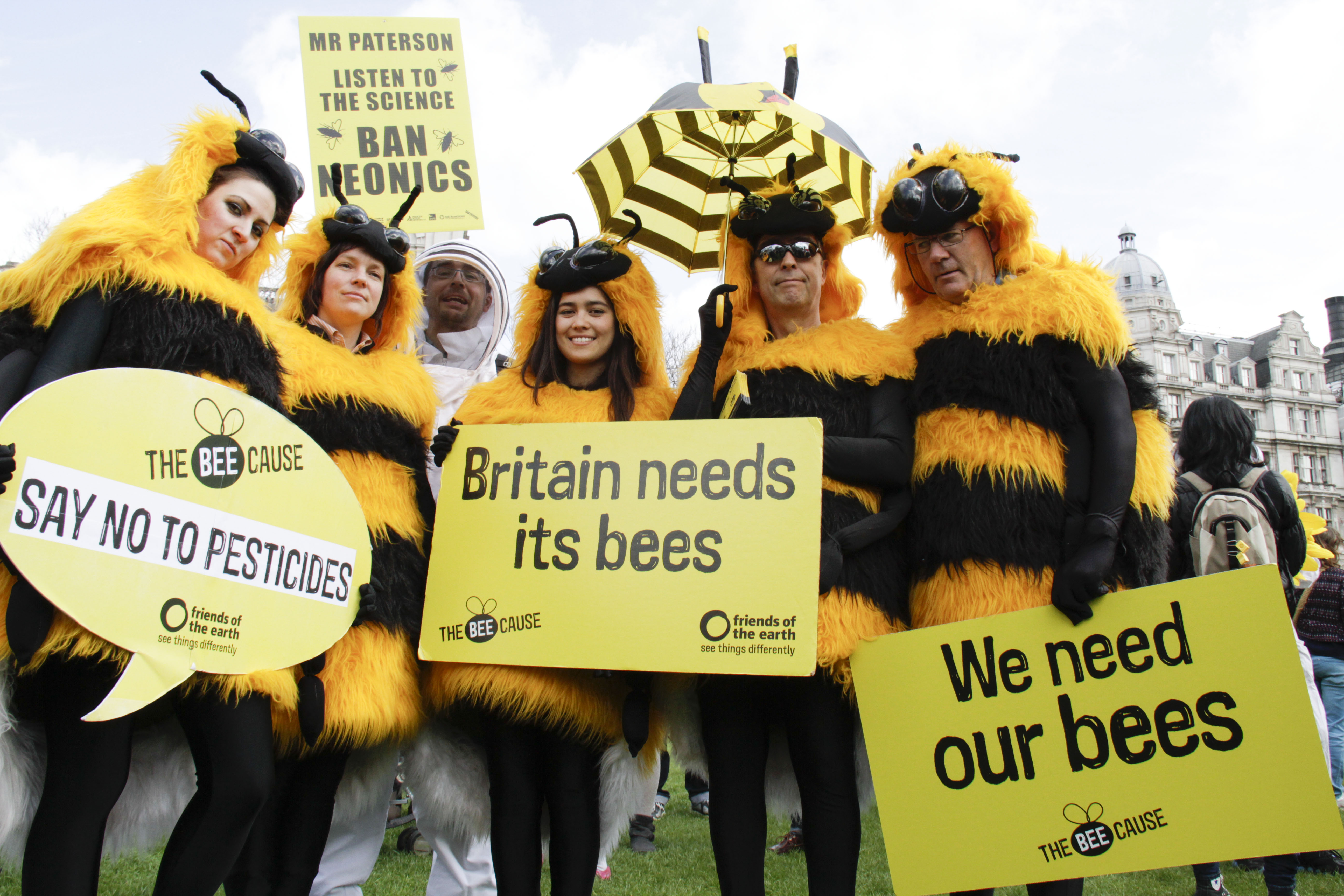
Just like us, bees need homes that give them shelter from the weather and somewhere nearby they can get food and drink.
A balanced diet is important and flowers are their food supply – nectar contains carbohydrate for energy, whilst pollen contains protein. And as bees move between flowers of the same plant, they also pollinate them, helping our gardens to thrive. So you can help them help you by providing a plentiful, year-round supply of flowers from bee-friendly trees, hedges, shrubs, food crops and garden plants.
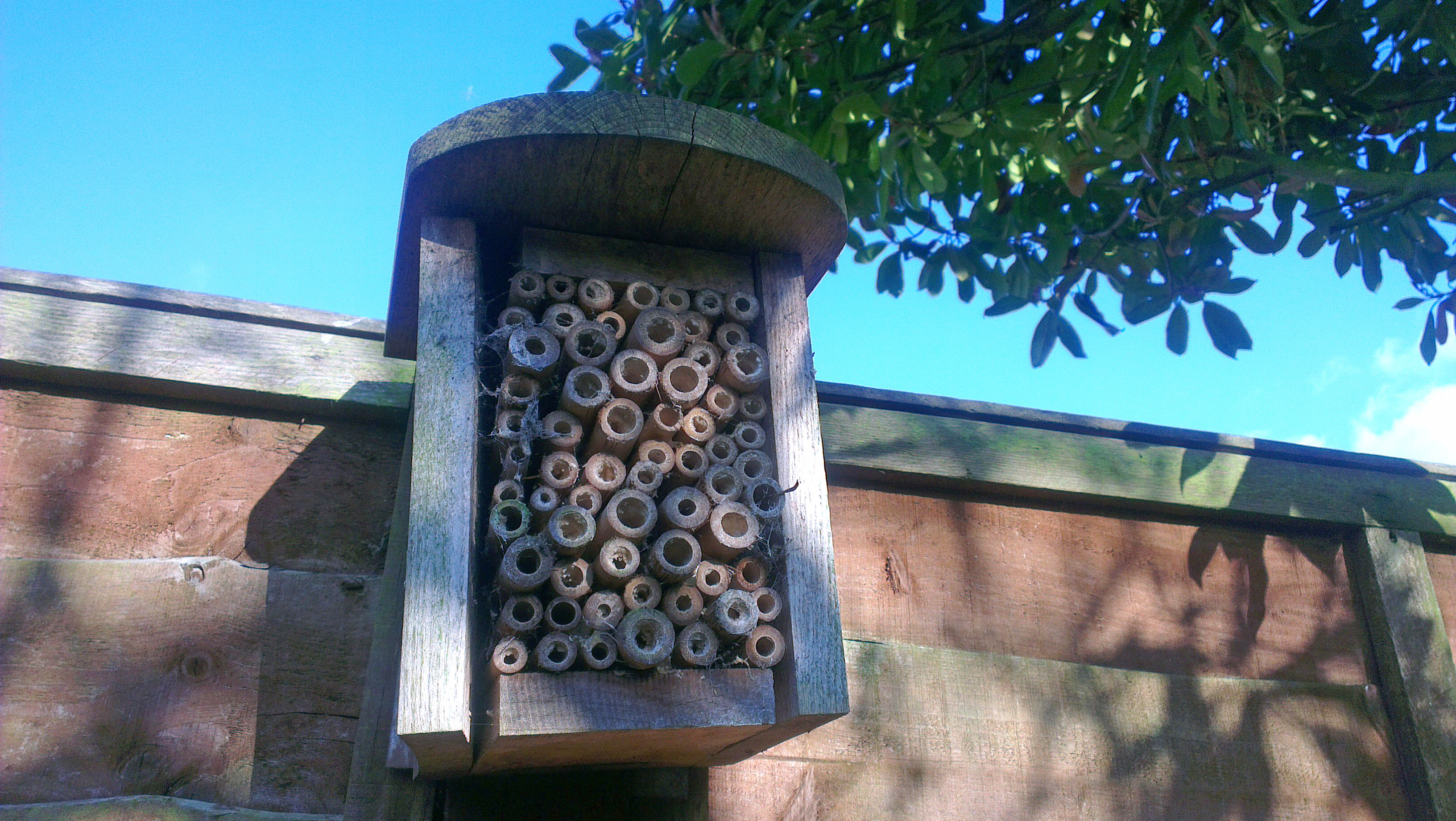
Wildflowers such as cornflowers, cowslips, and the common poppy are all brilliant for bees. You can get wildflower seed mixes at your local garden centre, or by ordering a Bee Saver Kit from us with lots more advice on the best plants to ‘er plant.
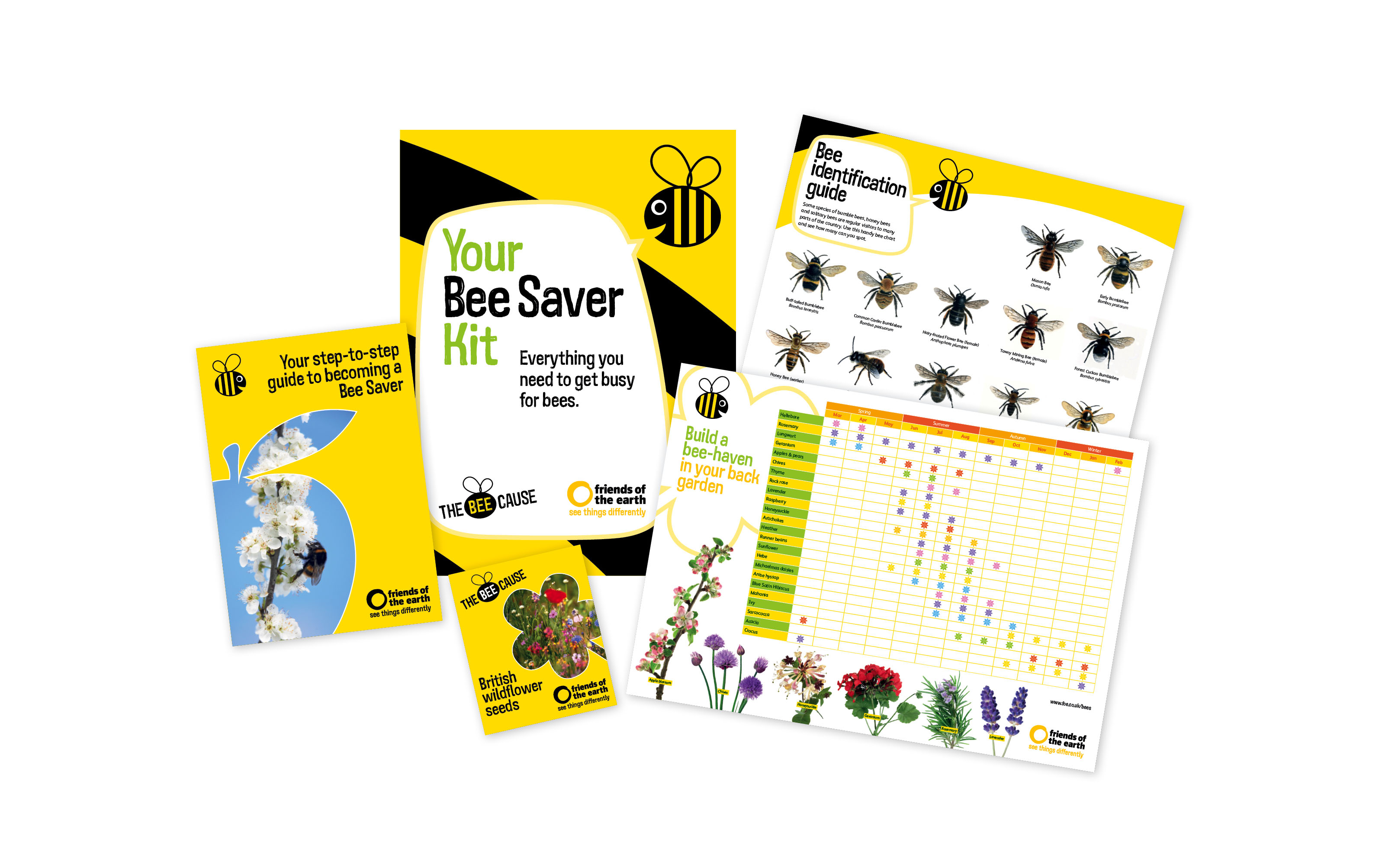
It’s odd to think that something as tiny as a bee needs a drink of water, but they do. A small tray with some little stones as landing pads will do nicely.
But you don’t have to have a garden, bee-friendly flowers can be planted in window boxes or pot-plants in even the smallest yard. You’ll be amazed how the bees find them, but they do.
Heathers and herbs such as rosemary and chives are great. Different plants provide food for bees at different times of the year. We’ve got a great planner which can help you ensure bees have something to stave of the munchies all year round. Autumn is the time to sow seeds for the following spring and late winter for summer blooms.
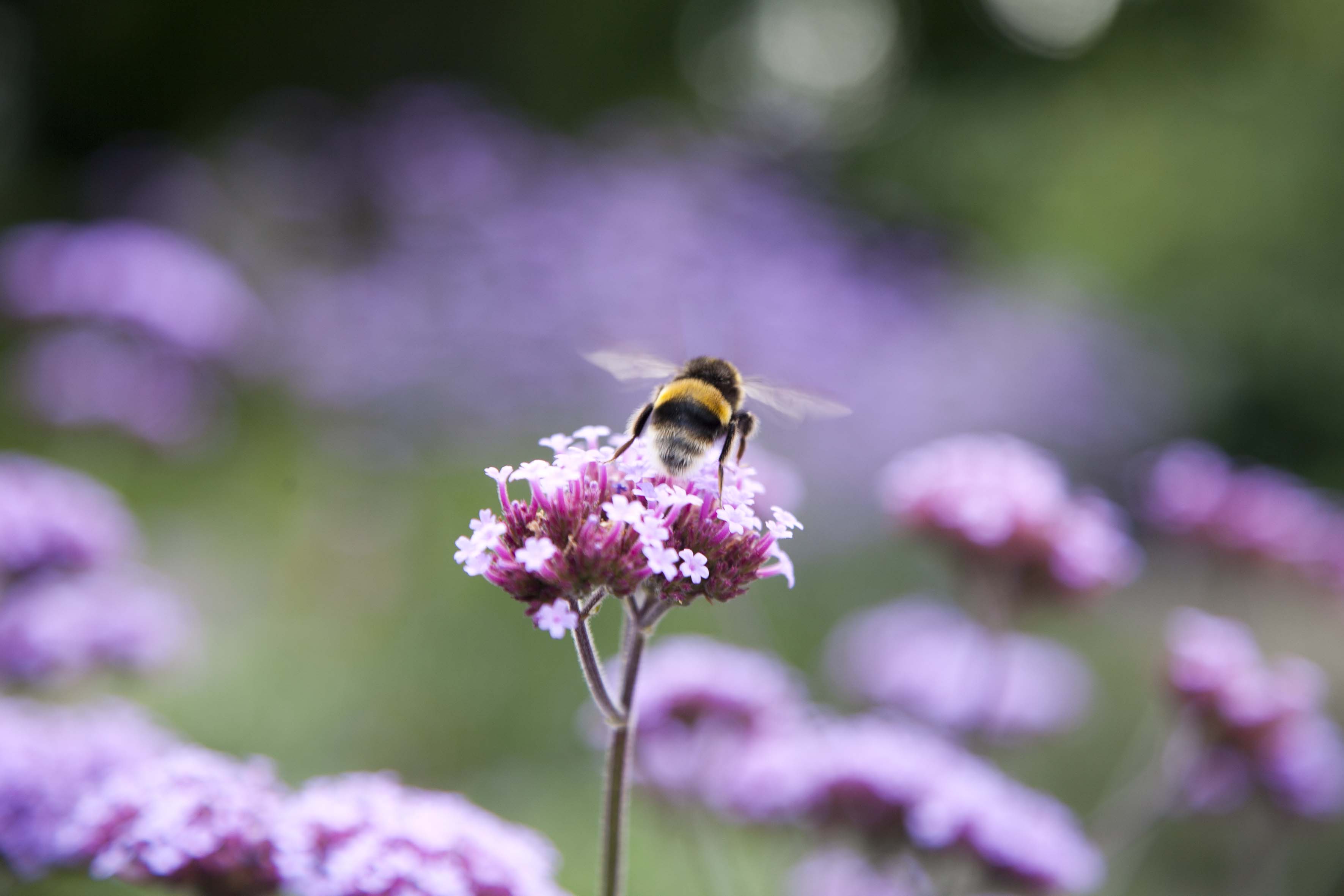
As well as something to eat bees need somewhere safe to live and that doesn’t have to be the sort of hive we all associate with honey bees. Many of our bees are solitary and what they really love is a small burrow of their own where they can shelter and lay eggs.
Just as you can put up a bird box on a tree, fence or wall, you can add a Bee & Bee to your home. We’ve got some good ones for sale on our website but being a green organisation we can also show you how to make your own by recycling things you might have lying around.
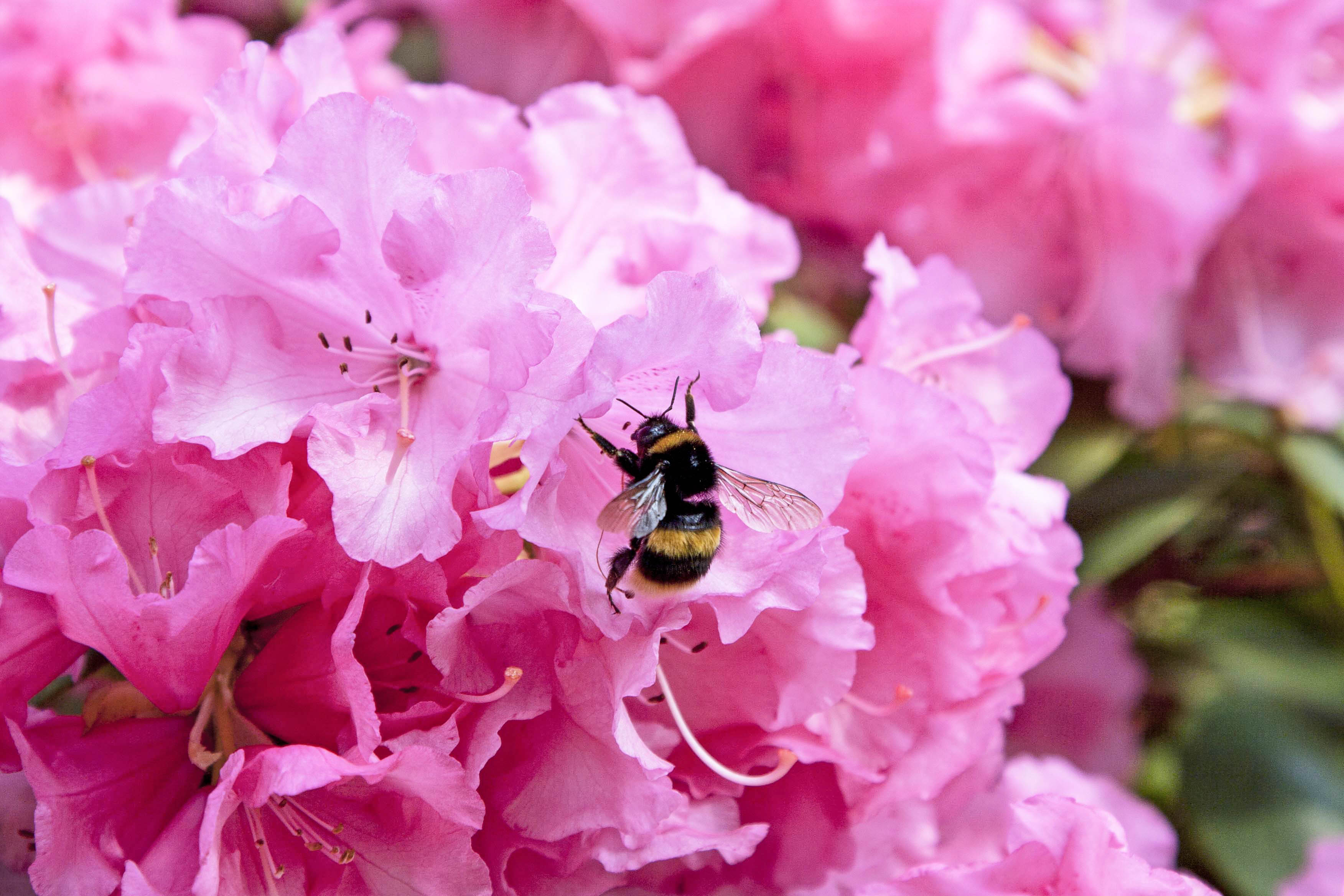
There’s more and more evidence that certain pesticides harm bees. Some have recently been banned but others are still on sale in shops and garden centres as bug sprays. Rather than spending a lot of time looking at small print labels to avoid specific chemicals it’s a lot better not to use pesticides all. The classic trick of spraying soapy water often works a treat and combinations of plants can protect each other.
If they are to thrive bees need champions. You can be one by taking some of these steps. They also need some bigger changes to the way we farm and protection from dangerous pesticides. Together we can make those happen. Why not sign up to be part of the generation that saves the bees?